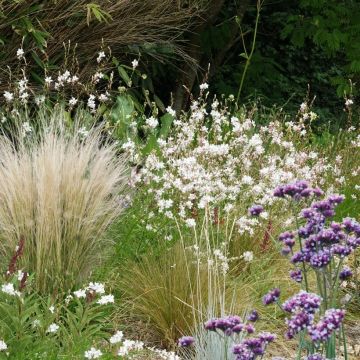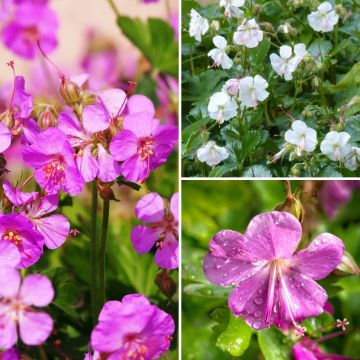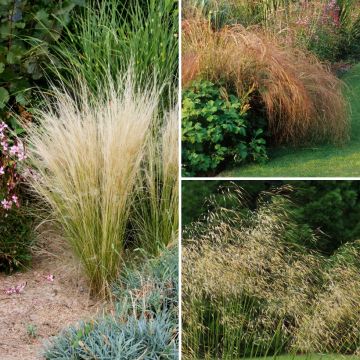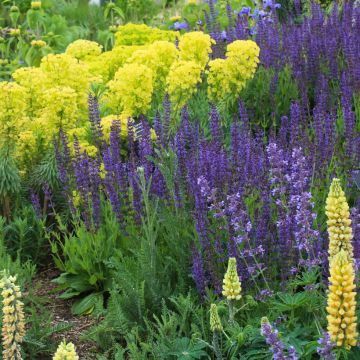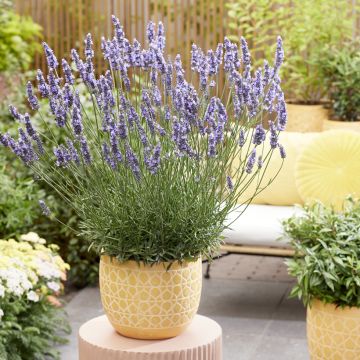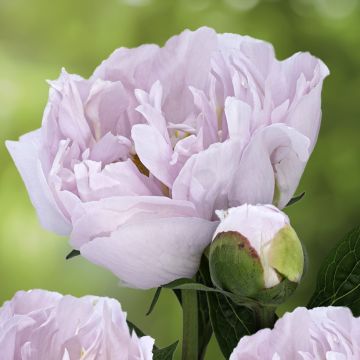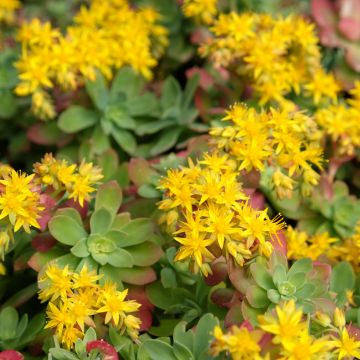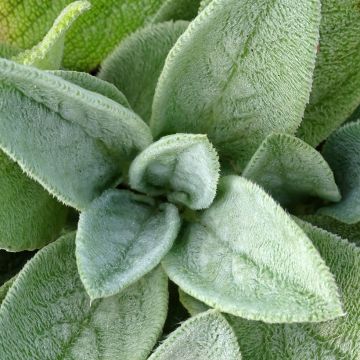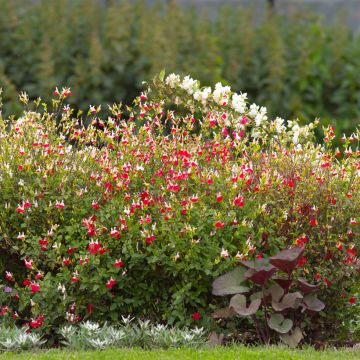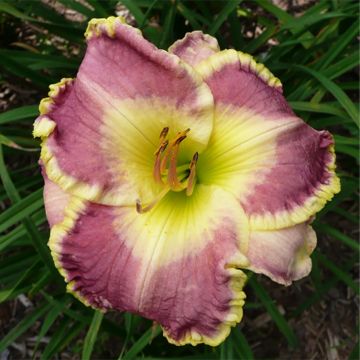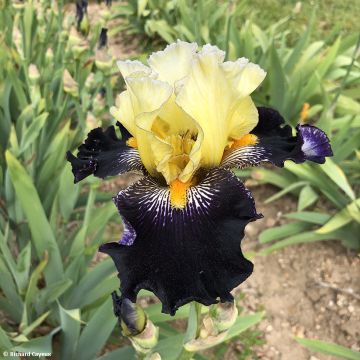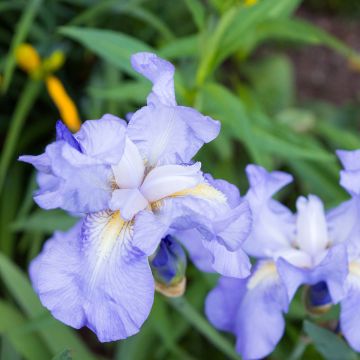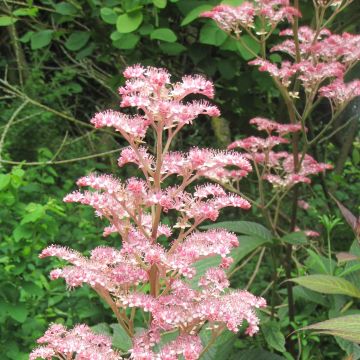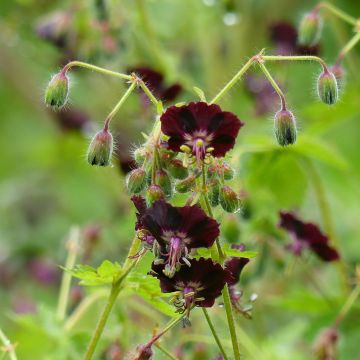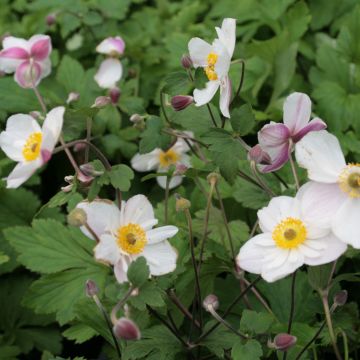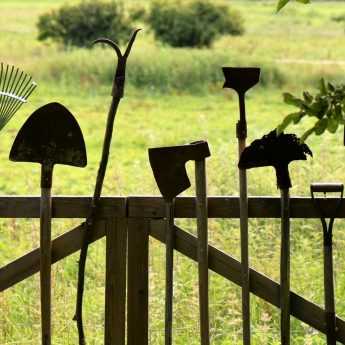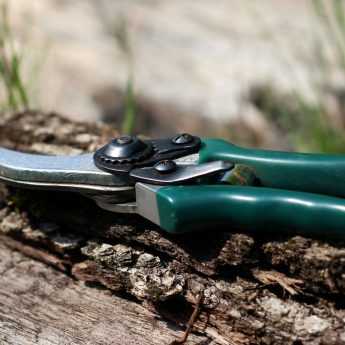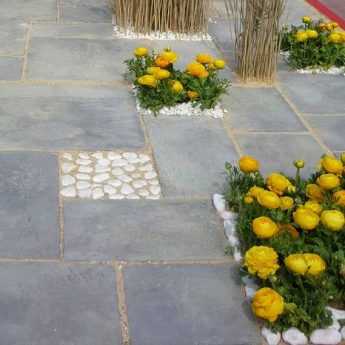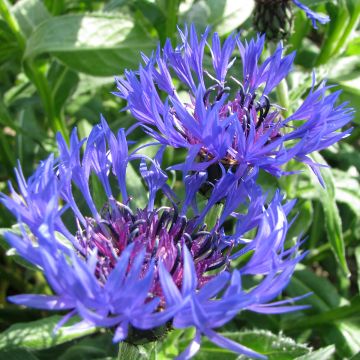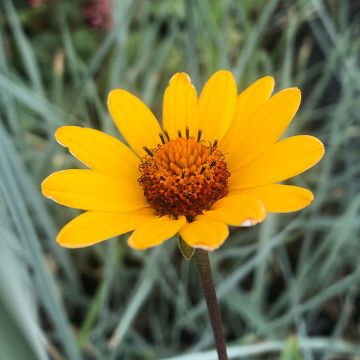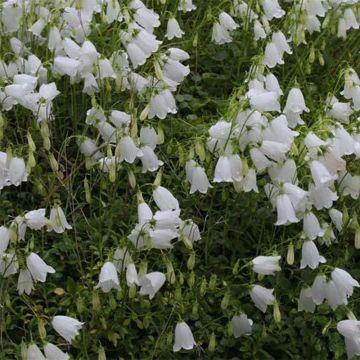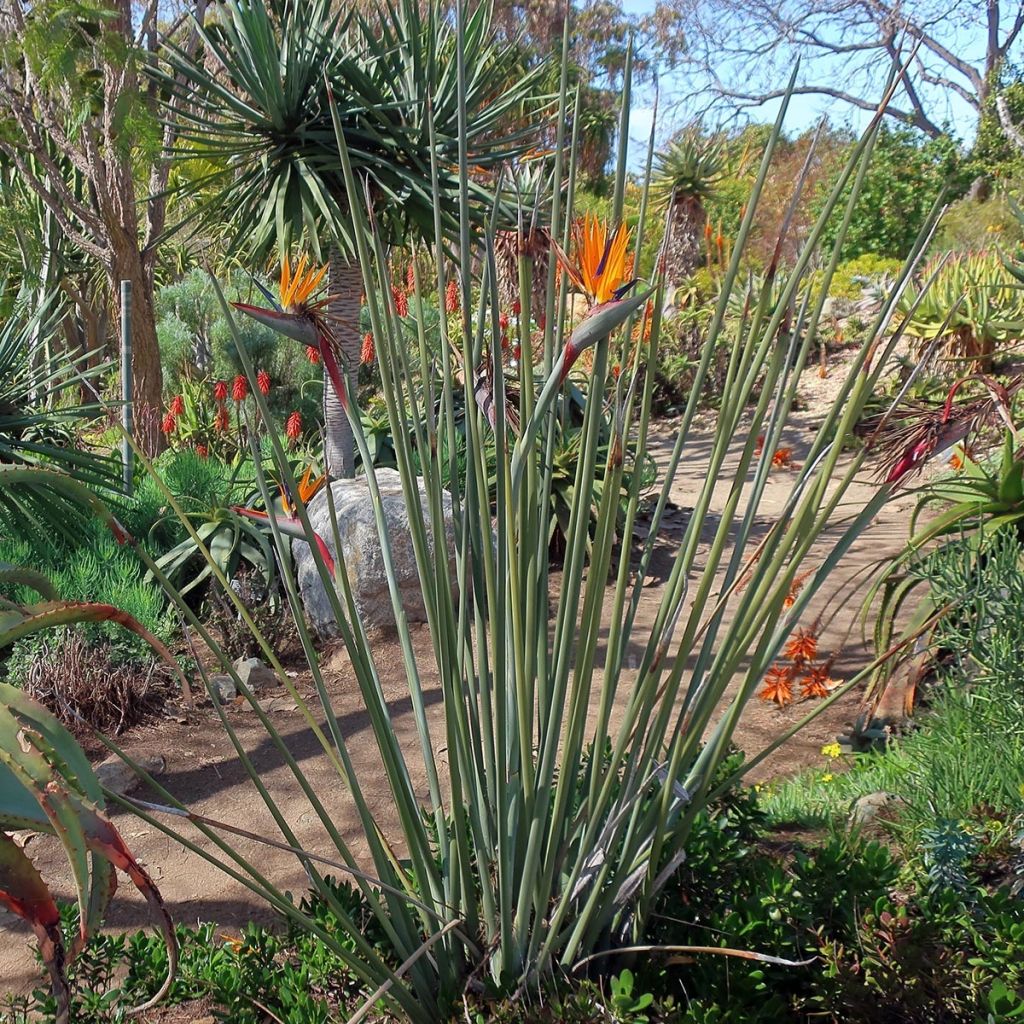

Strelitzia juncea - Oiseau de paradis à tiges de jonc
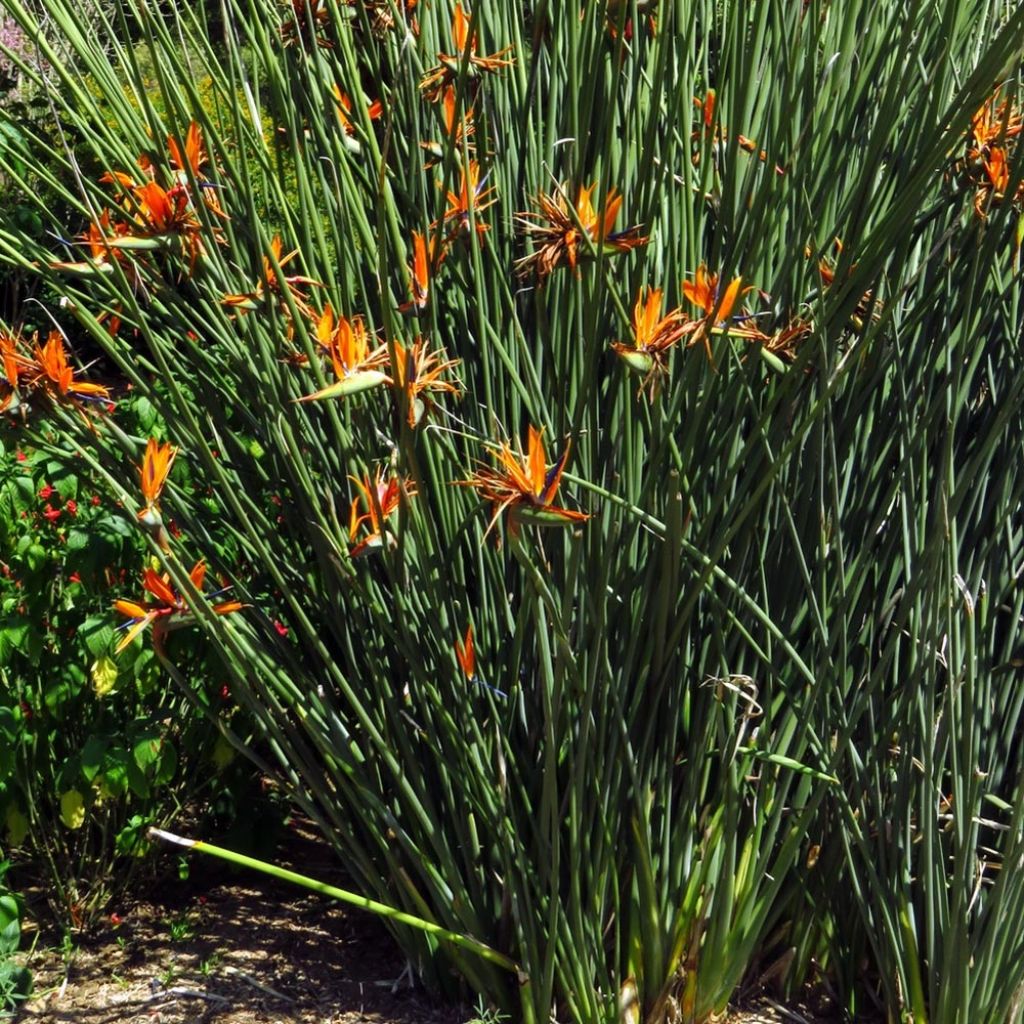

Strelitzia juncea - Oiseau de paradis à tiges de jonc
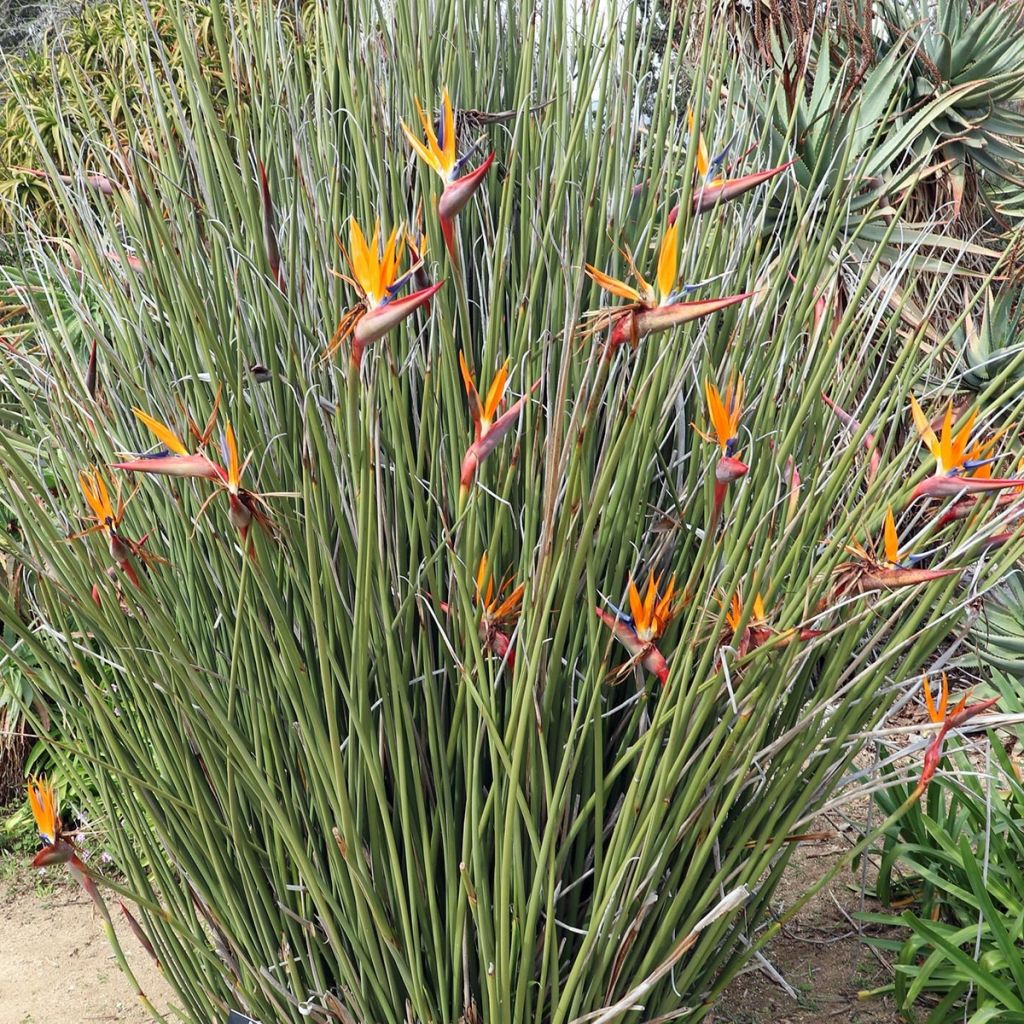

Strelitzia juncea - Oiseau de paradis à tiges de jonc
Strelitzia juncea
Strelitzia juncea
Bird of Paradise
Why not try an alternative variety in stock?
View all →This plant carries a 12 months recovery warranty
More information
We guarantee the quality of our plants for a full growing cycle, and will replace at our expense any plant that fails to recover under normal climatic and planting conditions.
Would this plant suit my garden?
Set up your Plantfit profile →
Description
Strelitzia juncea, sometimes called the rush-stemmed bird of paradise, is a robust South African perennial that is much less well-known and cultivated than its close relative, Strelitzia reginae. It forms a very large evergreen clump composed of long, almost leafless stems resembling a thick rush, and flowers over a very long spring to summer period. Its flowers, slightly lower than the foliage, resemble the heads of exotic orange and blue birds. This frost-sensitive plant can be grown in the ground in the mildest areas. But all gardeners can admire it in a large pot that can be placed on the terrace throughout the summer: its cultivation presents no difficulty in fertile soil that is moist in summer, drier in winter.
Strelitzia juncea belongs to the family Strelitziaceae, which consists of 5 known species, all native to clearings and riverbanks along South African rivers. This one is found in the Eastern Cape region in dry to arid clearings, among Euphorbia species. It is a plant that requires well-drained, light, and fertile soil. Its hardiness does not exceed -3°C (26.6°F).
This rhizomatous perennial, whose aerial stem is apparently absent, over time forms a huge clump that can reach a height of 1.50 m (5ft) and spreads laterally by producing suckers over more than 1m. The leaves, almost devoid of blades, have very long stalks: the cylindrical petiole, thin and reaching a height of up to 80 cm (32in), resembles a bluish rush stem. At its top unfolds the small, glaucous-coloured leaf. Flowering takes place from June to September. The flower stems are generally shorter than the foliage. From a green spathe edged with red or purple, 20 cm (8in) long, emerge orange flowers with a blue-violet lip, whose shape resembles an arrowhead. The flowering is followed by the formation of capsules containing seeds with a filamentous envelope, often slightly reddish.
In floristry, the Strelitzia is the ultimate exotic cut flower, thanks to its extraordinary structure and its vibrant orange and blue colours, which complement each other perfectly. It is also a very beautiful conservatory plant, which fears only the cold, and proves easy to grow as long as it is not lacking in water or nutrients during the growing season. It is easy to create an exotic setting around the Strelitzia by associating it with cannas, castor oil plants, Melianthus major, Billbergia nutans, a small banana tree, gingers, and a small palm tree such as the Sabal minor, for example.
Report an error about the product description
Strelitzia juncea in pictures
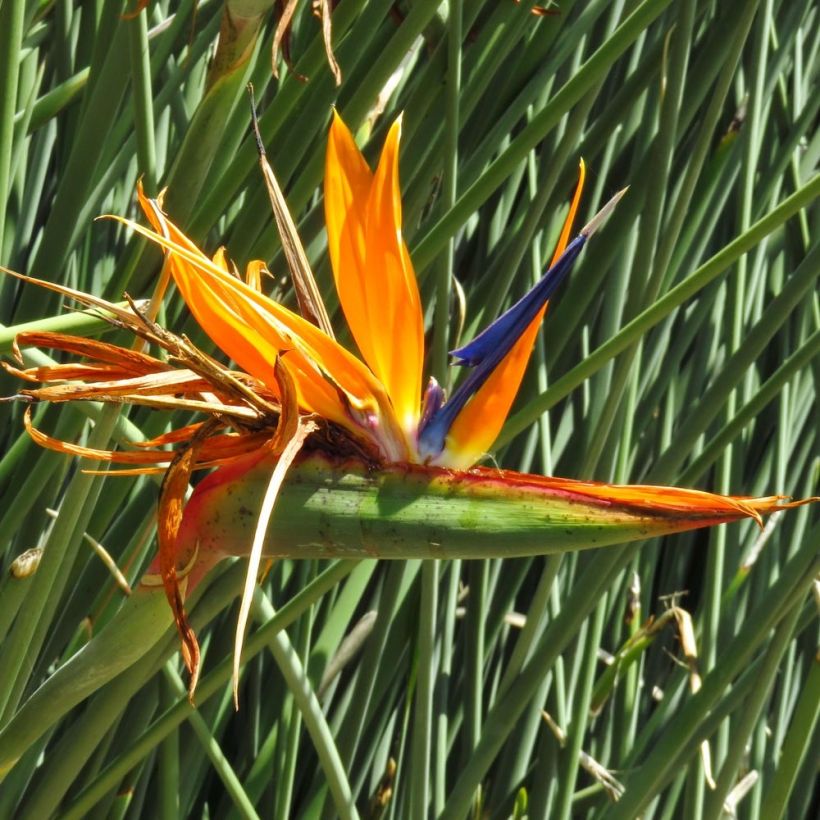

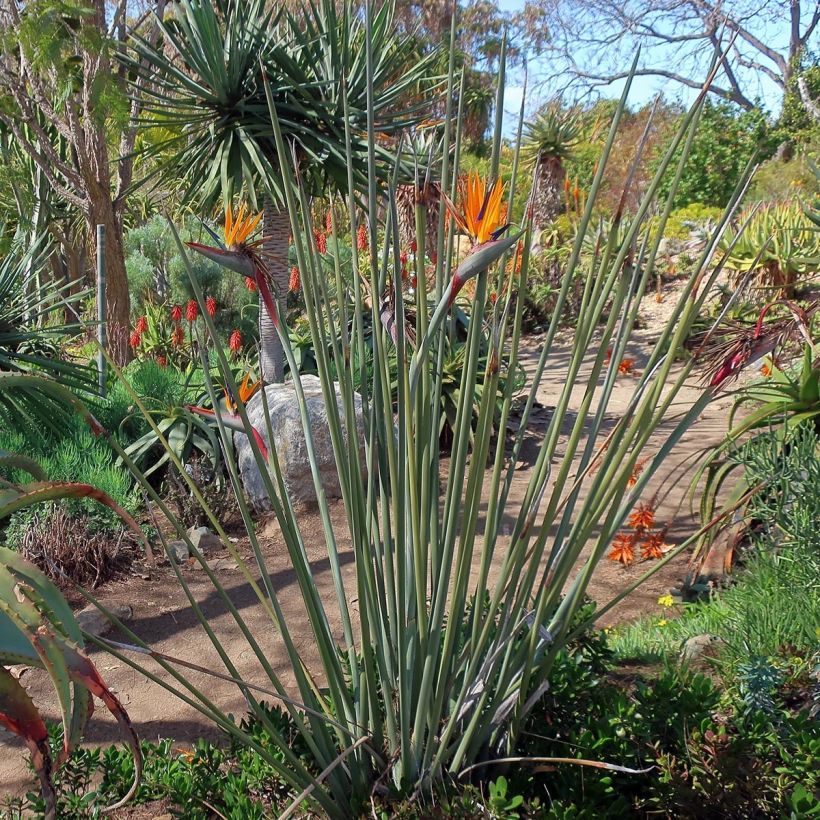

Flowering
Foliage
Plant habit
Botanical data
Strelitzia
juncea
Strelitziaceae
Bird of Paradise
South Africa
Other Perennials A to Z
View all →Planting and care
Strelitzia is a frost-sensitive plant which can, however, tolerate some light and short-lived frosts if the soil is perfectly drained. However, it can only be cultivated in open ground in the most sheltered gardens of the mildest regions of Europe. Fortunately it is easy to grow in pots, which allows the plant to be stored frost-free in winter, in a bright, lightly heated and well-ventilated room, provided you have enough space when the plant reaches its adult size. Plant it in fertile but light and well-draining soil, rich in organic matter, moist throughout the growth period but especially very porous and in a position sheltered from the coldest winds. Place your bird of paradise in full sun, if possible facing south, or at a pinch in partial shade in a hot climate.
In winter, in open ground, surround the plant with a winter fleece to gain a few precious degrees, and cover the base with a thick mulch. Watering should be regular and plentiful in summer, but reduced in winter.
Pot cultivation:
Use a large pot with a perforated bottom. Add a layer of clay balls or pottery shards to facilitate drainage. Prepare a mixture of potting soil, sand, and compost, and place your pot in a very bright, not too heated room. A few hours of direct sunlight per day are essential to induce flowering, but beware of the harsh midday sun behind the glass. Filter the light to avoid scorching the foliage. Take your plant outside from May to September.
Water regularly during the growth period, but allow the substrate to dry on the top 3 cm (1in) before watering again. Never let water stagnate in the pot saucer. During the resting period, place the plant in a bright and cool room (around 13°C (55.4°F)) and water very little.
A very large plant, impossible to repot, which will benefit from a top dressing of potting soil and compost once a year, in spring.
Multiplication: division of the stumps is done in spring, by taking a portion of the rootstock with roots and a dormant bud (an eye).
Planting period
Intended location
Care
Planting & care advice
This item has not been reviewed yet - be the first to leave a review about it.
Similar products
Haven't found what you were looking for?
Hardiness is the lowest winter temperature a plant can endure without suffering serious damage or even dying. However, hardiness is affected by location (a sheltered area, such as a patio), protection (winter cover) and soil type (hardiness is improved by well-drained soil).

Photo Sharing Terms & Conditions
In order to encourage gardeners to interact and share their experiences, Promesse de fleurs offers various media enabling content to be uploaded onto its Site - in particular via the ‘Photo sharing’ module.
The User agrees to refrain from:
- Posting any content that is illegal, prejudicial, insulting, racist, inciteful to hatred, revisionist, contrary to public decency, that infringes on privacy or on the privacy rights of third parties, in particular the publicity rights of persons and goods, intellectual property rights, or the right to privacy.
- Submitting content on behalf of a third party;
- Impersonate the identity of a third party and/or publish any personal information about a third party;
In general, the User undertakes to refrain from any unethical behaviour.
All Content (in particular text, comments, files, images, photos, videos, creative works, etc.), which may be subject to property or intellectual property rights, image or other private rights, shall remain the property of the User, subject to the limited rights granted by the terms of the licence granted by Promesse de fleurs as stated below. Users are at liberty to publish or not to publish such Content on the Site, notably via the ‘Photo Sharing’ facility, and accept that this Content shall be made public and freely accessible, notably on the Internet.
Users further acknowledge, undertake to have ,and guarantee that they hold all necessary rights and permissions to publish such material on the Site, in particular with regard to the legislation in force pertaining to any privacy, property, intellectual property, image, or contractual rights, or rights of any other nature. By publishing such Content on the Site, Users acknowledge accepting full liability as publishers of the Content within the meaning of the law, and grant Promesse de fleurs, free of charge, an inclusive, worldwide licence for the said Content for the entire duration of its publication, including all reproduction, representation, up/downloading, displaying, performing, transmission, and storage rights.
Users also grant permission for their name to be linked to the Content and accept that this link may not always be made available.
By engaging in posting material, Users consent to their Content becoming automatically accessible on the Internet, in particular on other sites and/or blogs and/or web pages of the Promesse de fleurs site, including in particular social pages and the Promesse de fleurs catalogue.
Users may secure the removal of entrusted content free of charge by issuing a simple request via our contact form.
The flowering period indicated on our website applies to countries and regions located in USDA zone 8 (France, the United Kingdom, Ireland, the Netherlands, etc.)
It will vary according to where you live:
- In zones 9 to 10 (Italy, Spain, Greece, etc.), flowering will occur about 2 to 4 weeks earlier.
- In zones 6 to 7 (Germany, Poland, Slovenia, and lower mountainous regions), flowering will be delayed by 2 to 3 weeks.
- In zone 5 (Central Europe, Scandinavia), blooming will be delayed by 3 to 5 weeks.
In temperate climates, pruning of spring-flowering shrubs (forsythia, spireas, etc.) should be done just after flowering.
Pruning of summer-flowering shrubs (Indian Lilac, Perovskia, etc.) can be done in winter or spring.
In cold regions as well as with frost-sensitive plants, avoid pruning too early when severe frosts may still occur.
The planting period indicated on our website applies to countries and regions located in USDA zone 8 (France, United Kingdom, Ireland, Netherlands).
It will vary according to where you live:
- In Mediterranean zones (Marseille, Madrid, Milan, etc.), autumn and winter are the best planting periods.
- In continental zones (Strasbourg, Munich, Vienna, etc.), delay planting by 2 to 3 weeks in spring and bring it forward by 2 to 4 weeks in autumn.
- In mountainous regions (the Alps, Pyrenees, Carpathians, etc.), it is best to plant in late spring (May-June) or late summer (August-September).
The harvesting period indicated on our website applies to countries and regions in USDA zone 8 (France, England, Ireland, the Netherlands).
In colder areas (Scandinavia, Poland, Austria...) fruit and vegetable harvests are likely to be delayed by 3-4 weeks.
In warmer areas (Italy, Spain, Greece, etc.), harvesting will probably take place earlier, depending on weather conditions.
The sowing periods indicated on our website apply to countries and regions within USDA Zone 8 (France, UK, Ireland, Netherlands).
In colder areas (Scandinavia, Poland, Austria...), delay any outdoor sowing by 3-4 weeks, or sow under glass.
In warmer climes (Italy, Spain, Greece, etc.), bring outdoor sowing forward by a few weeks.


































